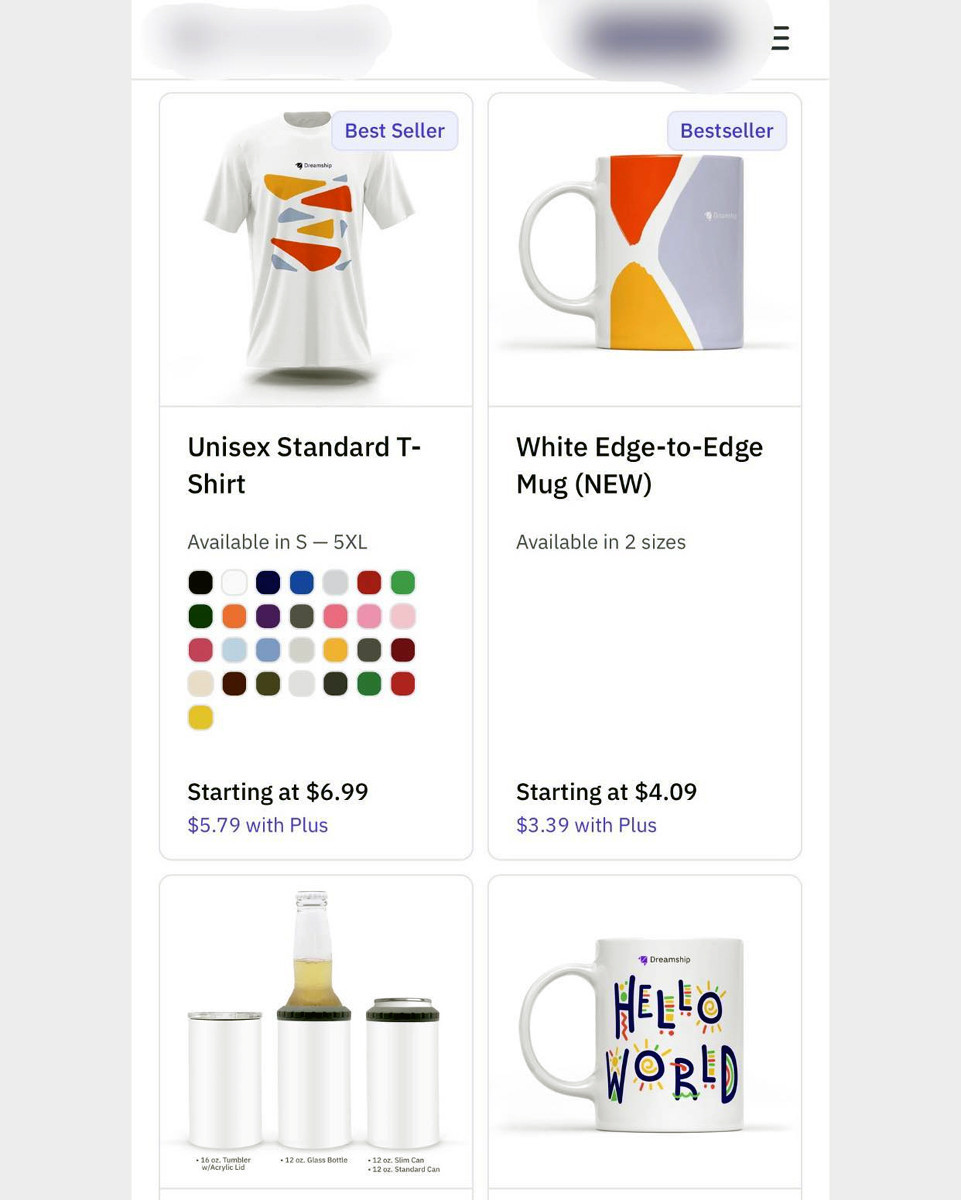
Hanoi Police recently issued a notice about the fraud situation in the dropshipping business model. A man was robbed of nearly 10 billion VND. Despite its convenience, participants in this business model can face unpredictable risks.
In simple terms, dropshipping allows you to act as the seller, posting supplier products at any price and marketing them. When a customer makes a purchase, you pay the supplier the listed price, and the supplier ships the product directly to the customer. You then track the order and wait to receive the cash on delivery (COD) payment.
Unlike traditional business models, which require capital, premises, and extensive knowledge, dropshipping offers an "easier" entry point. Participants can earn more based on their efforts, enjoy financial freedom, and allow buyers to access their products easily.
However, the convenience of dropshipping comes with significant financial risks, especially in the online business environment. Recently, scams in this business model have become prevalent.
According to Hanoi Police, Mr. X. (residing in Hanoi) was introduced to a website for distributing goods. He was allowed to post 100 products with a promised profit of 20% on each order. On the first day, Mr. X. sold one order and earned the expected profit. Encouraged, he bought an advertising package worth 10 million VND, with a commitment to sell 8 orders/day. He was then introduced to upgrade his store for 12,000 USD to benefit from a 20-day period without order payments and a 30% profit on each order.
After 20 days, Mr. X. attempted to withdraw money but was asked to pay 35% of the profit, nearly 1 billion VND, to proceed. Realizing the unusual demand, Mr. X. did not pay and reported the incident to the police. The total amount defrauded was 9.7 billion VND.
The Department of Cyber Security and High-Tech Crime Prevention, Hanoi Police, reported another victim who lost up to 12 billion VND as an intermediary in this model.
Ms. H., another victim, was introduced to online sales and was promised an 80 million VND profit after selling two watches through an application. Enticed by the profit, she downloaded the app and began her business. She had to send payment orders in USD, converting them to Vietnamese currency for transfers. Initially, she received the promised returns, but after placing 46 orders and depositing 12 billion VND, the scammers blocked her from withdrawing money and contacting them.
On online dropshipping forums, an account named Huy Dao described dropshipping as a model where you sell first and buy later. The participant markets the product, places an order with the manufacturer upon customer purchase, and the product is delivered directly to the buyer. However, dropshipping requires substantial capital for marketing.
Scammers exploit the high demand for marketing by offering fake marketing packages, promising high sales volumes. They also create fake product websites to trick sellers into depositing money, which they then appropriate.
Marketing expert Tuan Ha, Chairman of Vinalink Media, noted that dropshipping fraud is common and sophisticated globally. Scammers use fake accounts with attractive profiles to lure victims and eventually offer them fraudulent business opportunities.
To safely participate in dropshipping, Mr. Ha advised users to research reviews about the platform on social media, avoid suspicious websites, and check the domain registration. He recommended working with reputable companies like Shopee, Lazada, and Alibaba.
"Never 'play' on untrustworthy sites and never deposit money; only withdraw money. That’s the principle," Mr. Ha emphasized.
In summary, to avoid traps and ensure profit in dropshipping, always verify the platform's legitimacy, avoid upfront deposits, and stick to established, reputable companies.
Tien Anh